Blog2Blog
5 Revolutionary Technologies Transforming Our World in 2024

1. Introduction: The Technological Revolution
Our globe is changing dramatically and rapidly due to technological advancements that keep coming at a faster rate than ever before. All these innovations have brought changes in how things are done; they have also improved various fields’ degrees of efficiency. Breakthroughs in artificial intelligence (AI), biotechnology, and renewable sources of energy promise great possibilities for solving worldwide problems and human well-being enhancement. On the other hand, this quick progression comes with ethical issues arising Job losses due to such inventions need to be balanced with the revision of laws aimed at minimizing future dangers taking place again and all phases of society being equal participants in gaining from them. This can only happen if we maintain a society where such accelerating technologies will have been correctly directed.
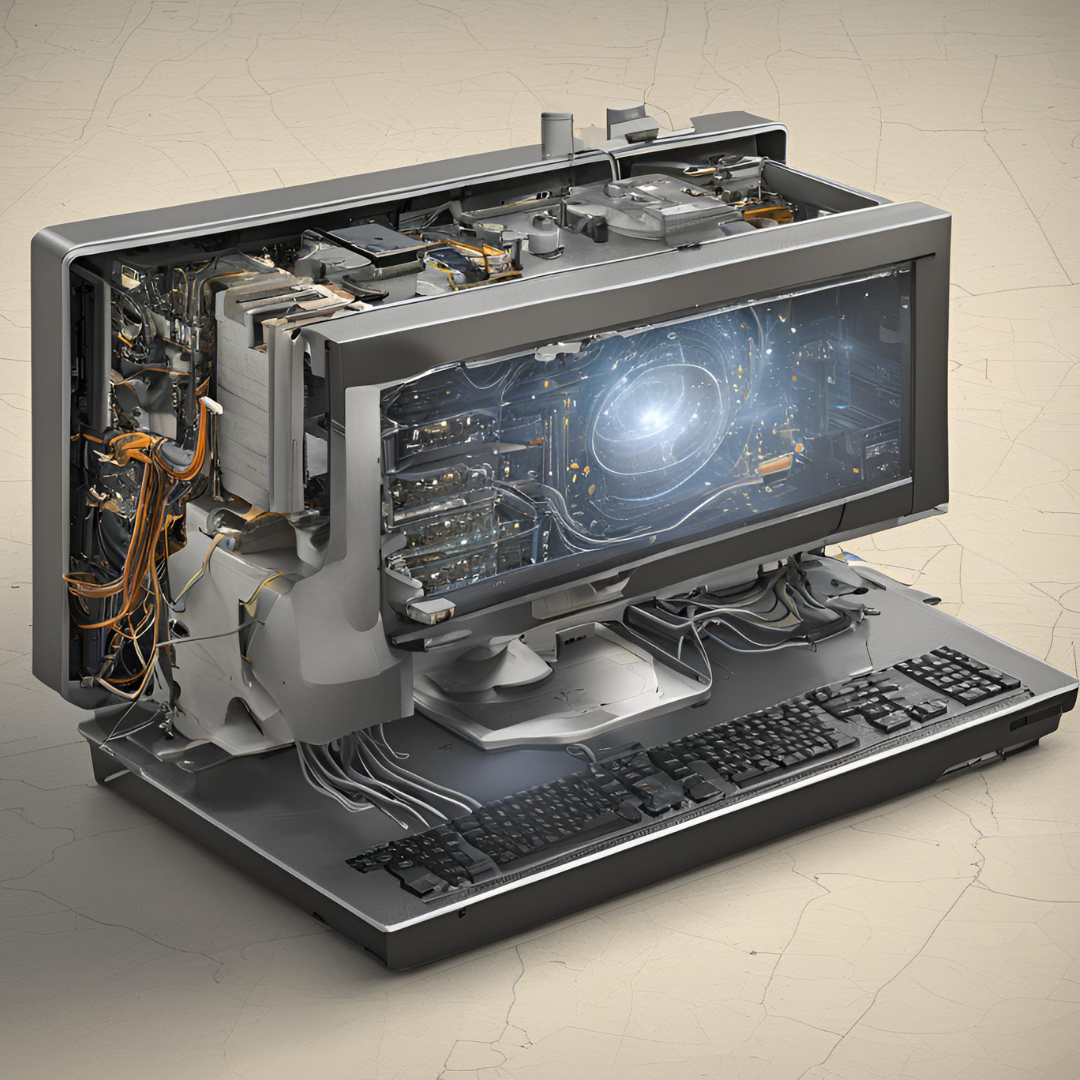
By improving productivity, connectivity and comfort technology is fundamentally altering the world of work and our everyday lives. Industrial operations are being streamlined through automation and data analytics driving innovation while creating new business models. For instance, smart technologies are increasingly shaping manufacturing and logistics whereas retail has been transformed by the internet as well as digital platforms. With technology affecting all aspects of life including communication via social media and instant messaging (how we relate with others) or good health management (when we have grants from wearable devices or telemedicine). Smart home devices help us make things easier for ourselves whereas electrical vehicles compose a part of transportation revolutionizing the way people move around. Henceforth it means that technology penetrates deeper into our schedules and impacts on the way we work relate to each other and live on an everyday basis.
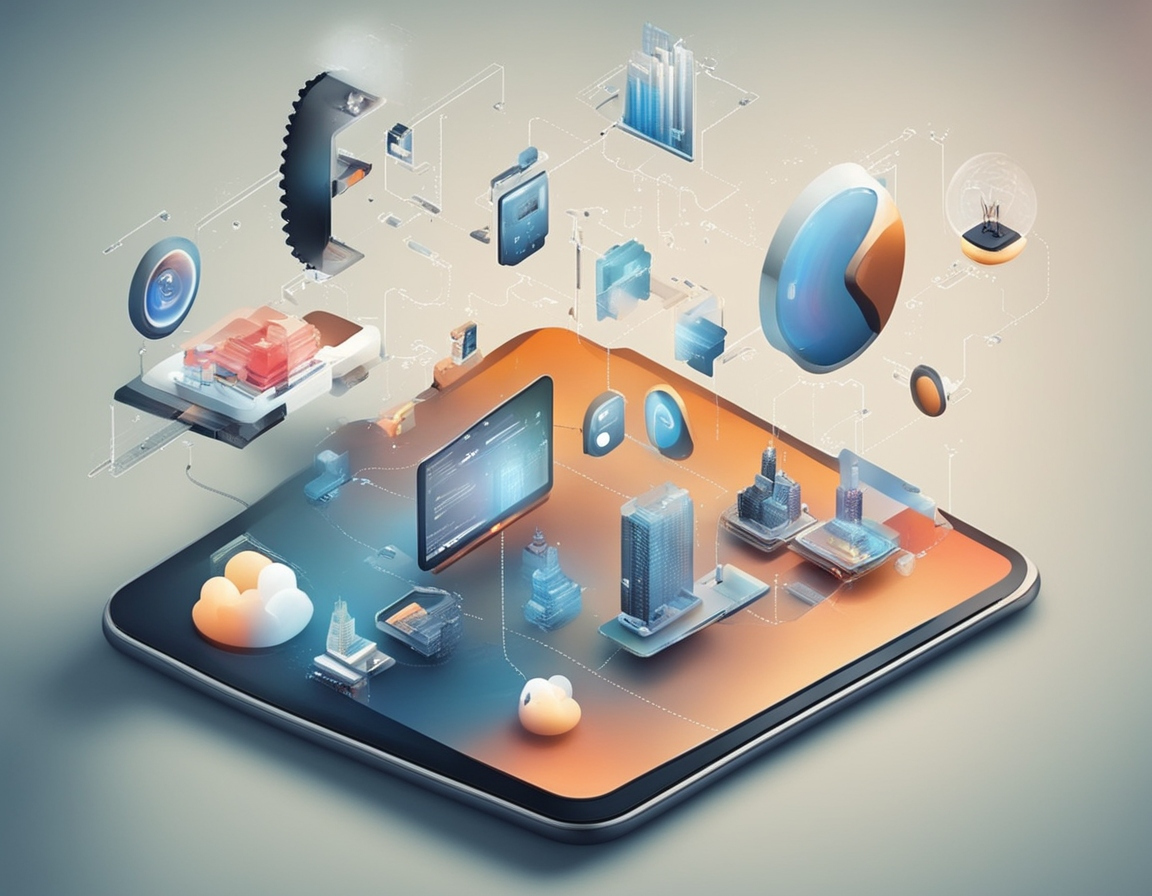
2. The Digital Dilemma: Challenges in a Tech-Driven World
The state is characterized by floods in congregation of data and digital signals that are too numerous such that they cause anxiety and less efficiency. In this electronic era where we have access to the internet anytime, there are chances of getting distracted each time someone receives a message from an email, social networking site or news site. Too much information can make the brain tired, therefore one can not focus on particular things for long, people get into confusion due to having to make decisions based on many alternatives; this is why it is important for us to find ways of controlling incoming information through our devices so as to maintain mental fitness as well as work-life balance.
Privacy Issues:
It is about how private information is taken, saved, as well as used by agencies and individuals. Since so much private data exist online, it has a chance of being accessed without someone’s permission or being shared or even misappropriated. Among these are cases like data leaks, spying on people’s lives and abuse of private information in targeted marketing or identity impersonation.
Cybersecurity Dangers:
These are the activities which are meant to jeopardize the internet systems and information commonly associated with them. The common types of threats include hacking, phishing, ransomware and viruses among others. They can result in unauthorized access to sensitive data, financial losses as well as harm to the name of either an individual or an organization. In addition to making sure that strong passwords, encryption, among others are used as security measures against personal information breaches; privacy concerns and cyber threats call for continuous availability of such actions aimed at thwarting these problems hoping to keep faith within the online society.

Adaptation has become paramount in this dynamic world. Individuals and organizations alike must strive to keep up with such transformations so as to remain relevant amid swift advances in technology, changing market conditions as well as dynamic social standards. Embracing change requires continuous acquisition of new skills must be done by both individuals and organizations if they are going to respond wisely to inevitable industry changes. As such, people need to seek innovative ways around problems that arise from time-to-time adaptation of their strategies upon encountering emerging issues with great seriousness so that they do not get left behind by events happening within their environments. This way a person can be certain of success always even when faced with uncertainties hence making them remain competitive at any given point in time even during events like natural disasters that often make other people fail miserably completely being followed up on indefinitely.
3. Artificial Intelligence and Machine Learning: The Cognitive Revolution
AI-powered solutions are evolving different fields by introducing advanced technologies that enhance efficiency and creativity. AI through machine learning and deep learning helps in analyzing huge amounts of data, automating complicated processes and rendering personalized experiences. In healthcare for instance, AI aids in making diagnosis or deciding about treatments whereas finance uses it to manage risks and detect fraud cases. This transformation not only increases productivity but also leads to considerable progress in autonomous cars and smart cities among other sectors. On the other side, it brings forth serious debates about ethical issues, confidentiality matters as well as its possible effects on employment.

Industries are getting transformed by machine learning applications since they support data-based judgment making and getting used for automating processes. For instance, the healthcare industry utilizes machine learning to make diagnostics easier and provide customized medical therapy. Also, it is used in finance to detect fraud and manage risks effectively. Personalization of offers and inventory management by retailers employs machine learning techniques as well. Production sector has got predictive maintenance by using this technology together with optimization of processes involved in manufacturing goods. Information about car routes and self-drivers are given by exploiting such things as artificial intelligence within road networks in the transportation industry too. Content propositions on entertainment platforms require application of machine learning whereas agribusiness employs them for growing plants as well as predicting harvests from those plants entirely (i.e., crop monitoring). So what are the effects machine learning applications have had on various industries like health care, finance, retail trade or agriculture? a comprehensive write-up concerning ML usage across sectors might take quite some time since we have seen that diverse technologies contribute uniquely to specific areas.” This probably requires another paper entirely,” she added. Additionally, it entails being meticulous with every detail including spelling mistakes as well punctuation errors when writing articles if one wants their work published online or else they risk having negative peer reviews.
As time goes on, the relationship between ethical issues and the future of work is growing stronger due to the changes to job environments by robots and artificial intelligence. The major issues are how to treat everyone equally, potential loss of jobs as well as protection of privacy. Given that technology is advancing rapidly, establishing strategies on affirming access to opportunities for all workers without discrimination or replacing them in different areas but also recognizing the ethics surrounding artificial intelligence use in decision-making becomes important. In order to achieve an inclusive society where every employee feels like they belong here and that they could get help if needed while working there; this entails achieving a balance between technological advancement and having a human touch.
4. Internet of Things (IoT): A Connected World
Devices that are considered smart include smartphones, smartwatches, home assistants , etc. These devices have greatly improved convenience and connectivity in everyday life. They help people accomplish tasks such as fixing appointments , controlling house parameters on the internet , retrieving data and so on. Although there is a high degree of personalization involved together with greater efficiency it turns out that such devices pose a lot of questions regarding privacy and usage time spent on screens . In general terms , these smart gadgets have changed the way humans relate to technology by simplifying their everyday activities but also creating new difficulties in managing the use of gadgets.
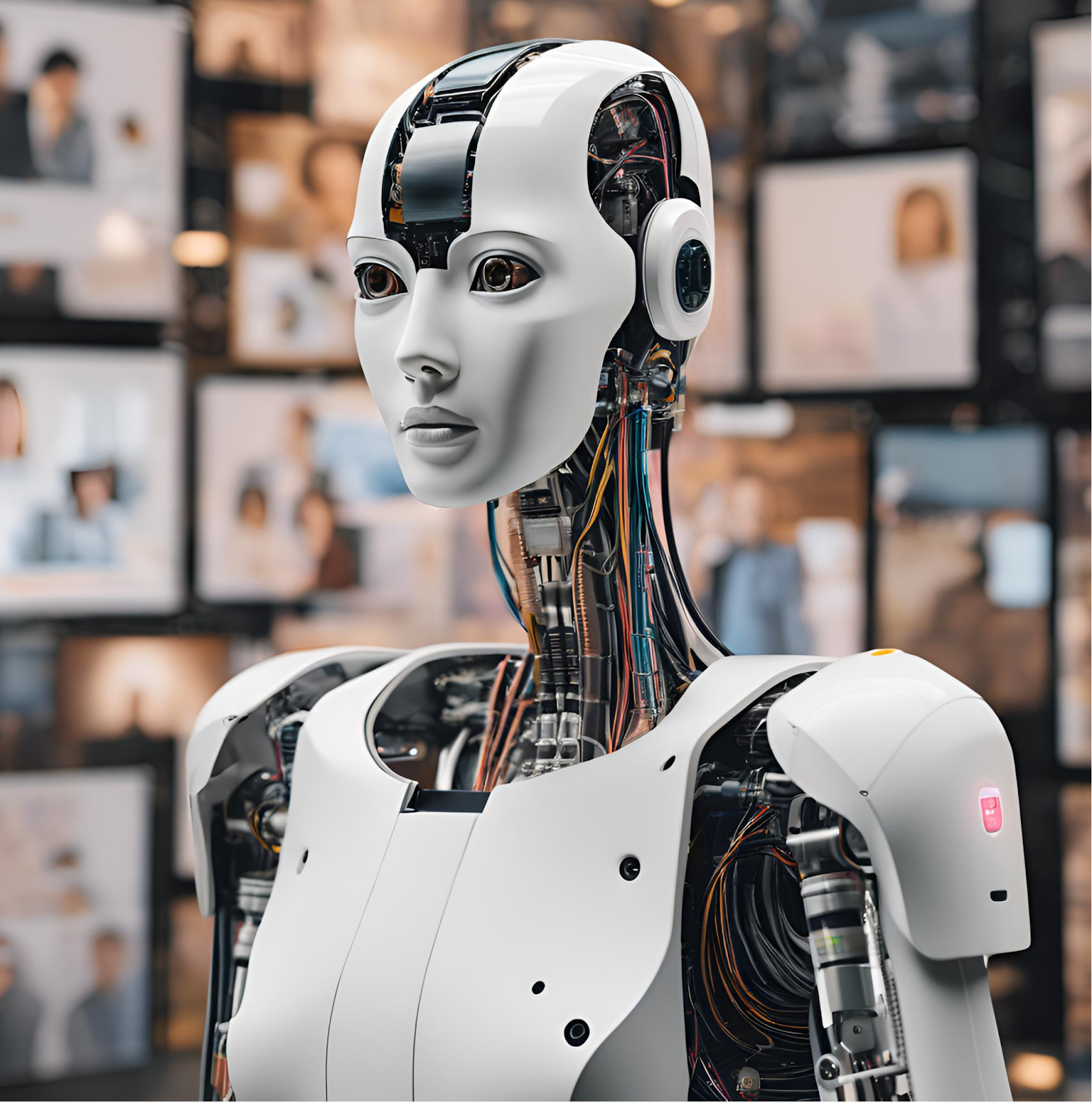
IoT refers to the connection between devices such as machines with data networks with a view of facilitating monitoring and control whenever needed or in real-time. With IIoT systems, manufacturers are able to increase operational efficiencies by using predictive models to optimize their maintenance plans, improve production processes or even reduce machine downtimes. Moreover, IoT allows better management of resources and data-driven decision making which can lead to higher levels of productivity and reduced costs. In general terms, therefore,IoT is seen as a major driver for transforming industries through automation and provision of actionable insights that allow continuous improvements.
The challenges faced by IT adoption include high implementation costs, integration problems with pre-existing systems, and employee resistance to change. Moreover, data security and privacy issues are also a source of concern. However, it offers considerable benefits such as increased operational efficiency, better decision-making using data analytics and enhanced scalability. Accepting IT can promote innovation; simplify procedures and provide a competitive edge that results in productivity increases and expansion.
5. Blockchain: Beyond Cryptocurrency
Control and data are distributed among multiple nodes in decentralized systems which enhance security by reducing single points of failure. They have greater resilience because the system can keep functioning even in the event of some node failures. In a way, decentralization improves privacy since users have control over their own information and hence facing censorship is hard due to its distributed nature. Blockchains are examples of decentralized systems that offer transparency as well as immutability thereby fostering trust and accountability between parties involved in any transactions. Therefore these factors indeed make decentralized systems appropriate for applications that require a high level of security along with transparency.
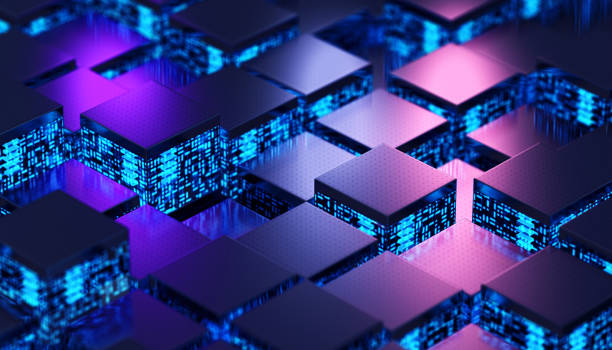
The automated and secure transactions facilitated by smart contracts are self-executing contracts with code-based terms that enhance supply chain management. Before executing any action; such as payment or delivery, it makes sure that conditions are met in order to reduce delays, minimize fraud and increase transparency since all parties being involved can track and verify the trade in real time. When organizations use smart contracts in their supply chains they will be able to make things more efficient, have fewer mistakes and have things that are more secure and can be seen by everyone.
A very noteworthy aspect of blockchain technology is that nearly every industry can use it because its records are safe, untouchable and easy to see through for everyone. A case in point is finance where it speeds up transaction processing and in like manner ensures safety. Also, traceability improvement as well as reduction of frauds are advantages provided by the application of blockchain in supply chain management. In healthcare, patient data security can be improved, while interconnectivity will be enhanced. Property transactions are made easier while fraud is minimized by blockchain technology in real estate. Additionally, decentralized applications and smart contracts can be created using this technology thus leading to innovations from different industries across the board. Thus indeed the world may enjoy increased efficiency and confidence thanks to decentralization combined with the unchangeable nature of blockchain in many ways
6. Cloud Computing: The Backbone of Digital Transformation
Scalability and flexibility are essential for contemporary commercial operations. “Scalability” is what guarantees that a business is able to expand as well as support increased demand without sacrificing its performance or efficiency, which often entails use of scalable technology and infrastructure. **Flexibility**, on the other hand, gives a company the chance to adjust to the changing market conditions, customers’ needs and upcoming opportunities. The combination of these characteristics enables businesses to react swiftly to problems, develop new products through innovations while maintaining possible competitive advantage hence their long term success and survival ability in changing environments.
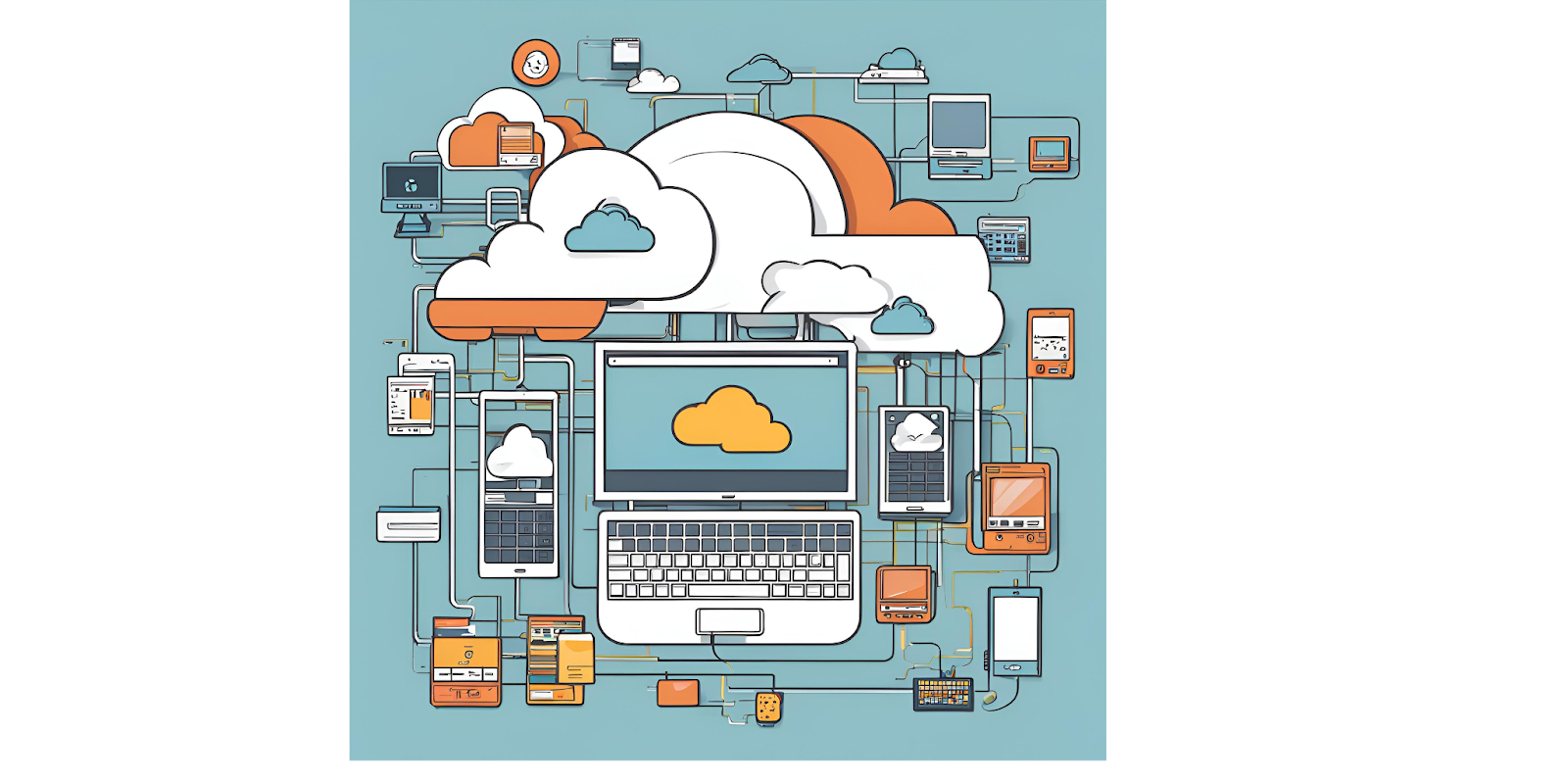
The essence of edge computing is to bring computation closer to the source of data and therefore minimize latency and bandwidth usage. As far as IoT is concerned, edge computing enhances performance by allowing instantaneous data analysis at the device level with decisions made on the spot. This is because it helps improve efficiency, increase speed of response time and reduce burden on central servers making it suitable for applications demanding rapid, localized computation such as smart grids, driverless cars, and manufacture automation.
Data security and compliance in cloud settings are crucial for protecting data and meeting regulatory requirements. To prevent hacking and getting in unauthorized persons’ reach, “security” applies measures such as encryption, access controls, and continuous monitoring. “Compliance” helps companies to ensure that their cloud practices follow existing rules and standards like GDPR or HIPAA to protect data against being distorted or lost. All these would mean an organization has an easier time managing risks, safeguarding confidential information as well as ensuring these operate legally and securely within the internet.
7. Conclusion: Embracing the Tech-Enabled Future
The fusion of breaker technology including AI, IoT and blockchain is a great driving force behind deep changes in how things are done by mixing their peculiar talents. This mix uses them to accomplish tasks better, offer new services and handle tricky situations in different sectors. For example, smart gadgets driven by AI help people know what is happening at any moment through data analysis as opposed to the standard methods of retrieving information from centralized databases on demand. Furthermore, they also face challenges such as costs of building these systems as well as keeping them running or being able to do everything within one system as it may sound innocuous but it actually entails complexities that need much effort since all these technologies are still under research stages with undefined field boundaries depending on the method used for their development especially if you want to take advantage of its full potential or maximize its benefits beyond any doubt.
In order to face the challenges and opportunities of tomorrow, it must flexibly open up and start acting on its own initiative. One requires the commitment to an ongoing education and skills improvement process that enables one to track new technology developments, adopt adequate risk management strategies for any interruptions likely occurring anytime sooner than later, take advantage of arising changes as sources for innovation ideas. By highlighting nimbleness, foresight as well as planned strategizing processes organizations or people can effectively move through unpredictability while exploring their avenues for growth opportunities or successes. Future challenges and opportunities call for adaptation and proactive action on our part. This means that we need to provide education throughout life and develop skills in order to keep up with new technologies, build good risk management systems in order to avoid interruptions, and study the new trends that come into play. By combining flexibility and foresight with good strategic planning, both individuals and organizations can live through uncertainties so as to benefit from new opportunities for progress.
Keeping up with technology is not an option anymore as it is a necessary part of our life if we want to remain relevant in this ever changing world where everything can get outdated within no time. In addition, one needs to respond appropriately whenever things begin to change and look for new opportunities that might come along the way. On the other hand, encouraging continuous learning and adaptability brings about innovation which leads to better problem solving skills and guarantees future success since people are given the abilities they need so as to learn how to cope or manage with constant transformations in life.